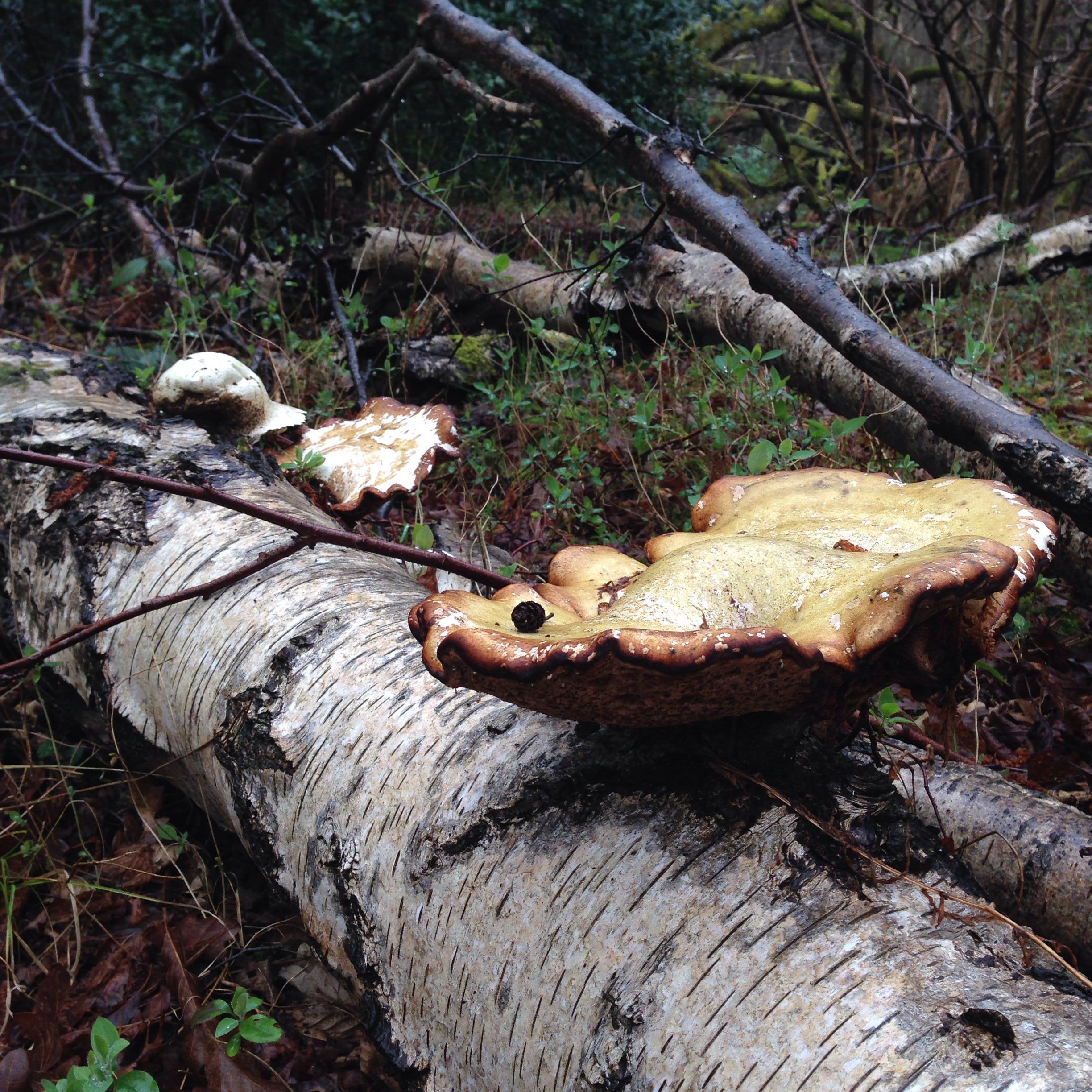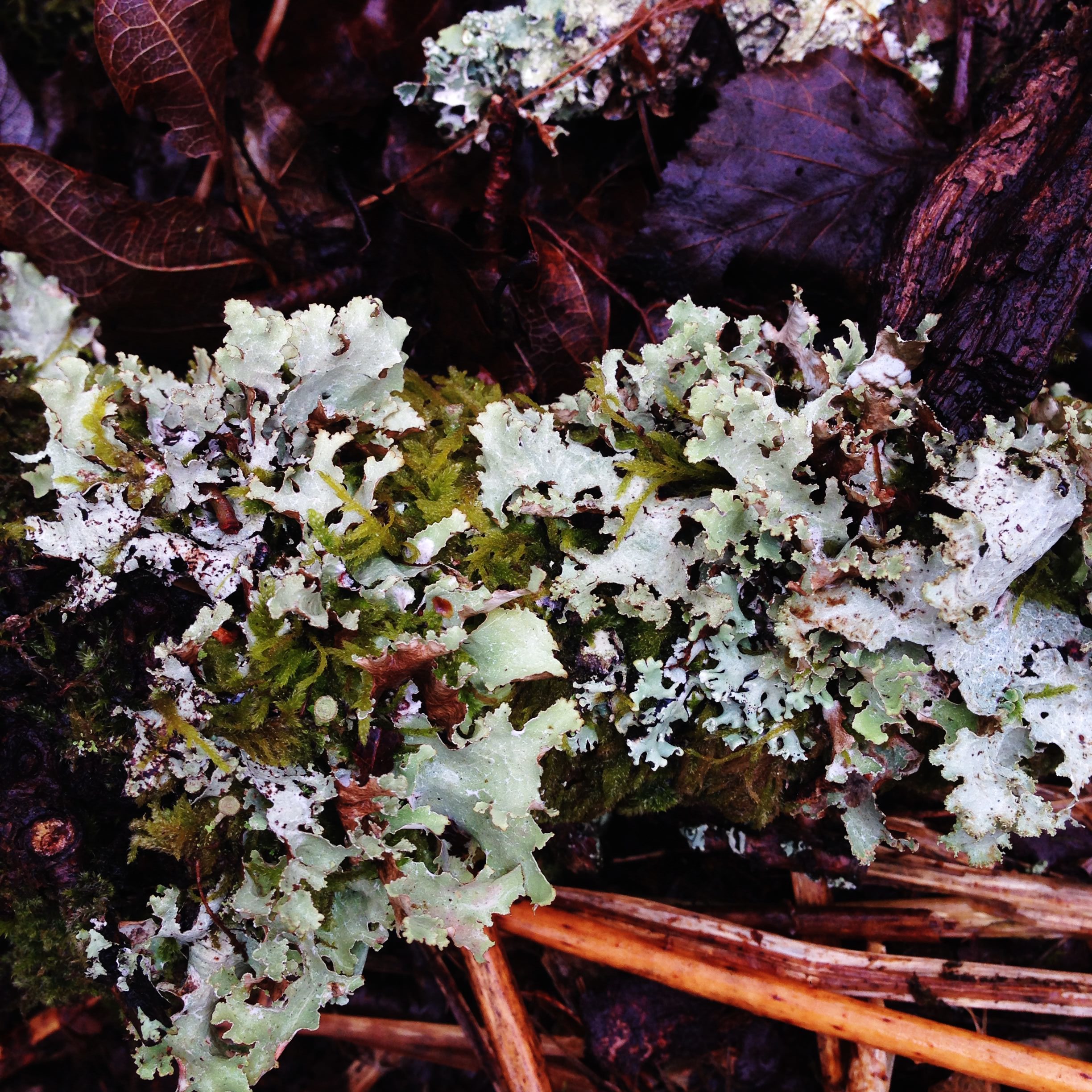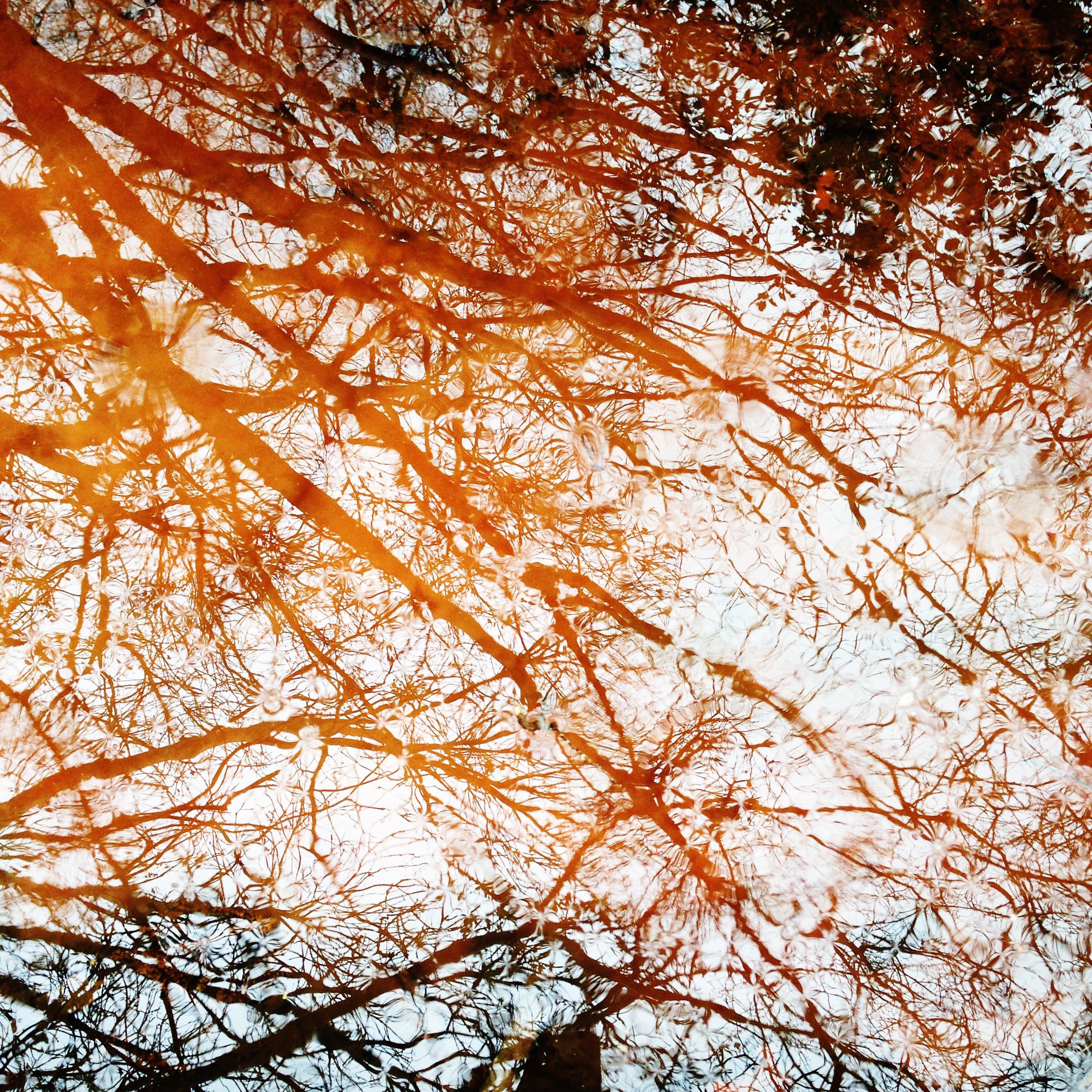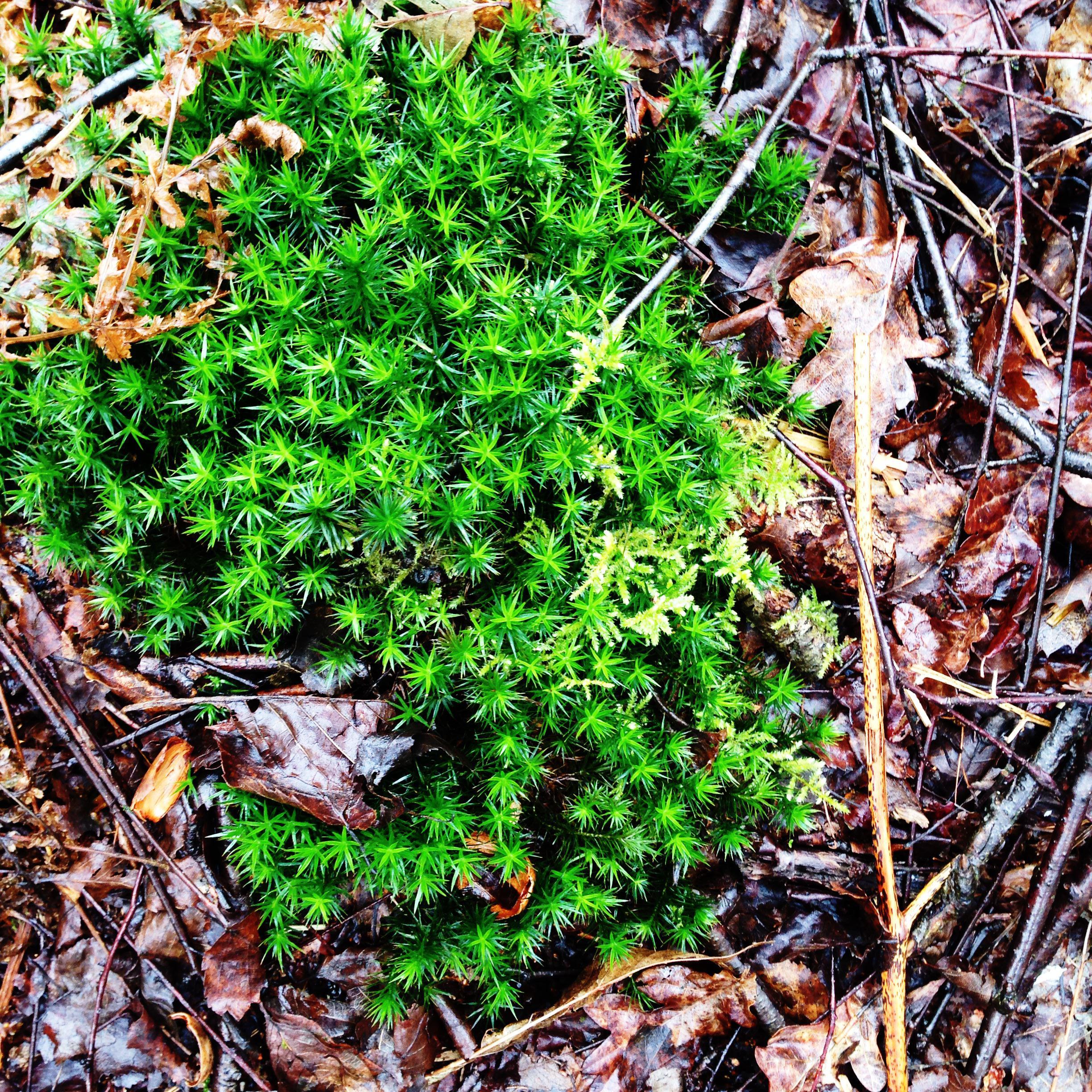It has been said that Church was "the last great traditional designer and the first great modern designer." He was one of the central figures in the development of the modern California garden - and he was well known for skillfully combining practicalities with imagination.
As I read through the book and looked over the many photographs I could see how he has shaped and influenced the current norms for residential landscapes and gardens. I applaud him for his work, for his insight, and I appreciate what I gained by reviewing the book cover to cover (I took many notes and will be reading it again). He seemed a brilliant mind and a very talented individual. But there was one sentence which raised a question (and my eyebrow) and thus begged an answer.
In the preface it quotes Church as saying:
The new house with it's small garden must go to work for us, solving our problems while it also pleases our eyes and our emotional psychological needs.
It continues on to say that "the new kind of garden did not arise from arbitrary whim or designer's caprice; it evolved naturally and inevitably from people's requirements."
Now maybe I read this too literally, but something inside me questioned. Gardens must go to work for us...solving our problems...inevitably from people's requirements.
I have written in the margin, "is this selfish?"
And I wonder if it is. Does there not seem something Wonder-Bread about this? That life and therefore also our gardens should revolve around us, our needs, and our wants? (I don't know, the white, fluffy, non-nutritious, nothingness of Wonder Bread is what came to mind...people probably ate it a lot during his era as well).
Are gardens for people?
Or - I thought - are people for gardens?
As I continued further into the book I did note that all the gardens shown in the photographs were well laid-out - impeccably designed. Creative, yes. Very much relying on a variety of strong geometric shapes while encompassing and incorporating the lines of the house - and respecting the plant material best for that area. (Church was a huge fan of working with and preserving mature trees on site and incorporating them into the design - bravo). But for the most part, everything was designed for the ease and benefit of the resident - therefore many times the focus seemed to be geared very much towards lifestyle.
But one might ask - why shouldn't it? Why wouldn't it? What else would a residential landscape do?
I led an hour-long Postgraduate discussion the first Monday after the Christmas break. On the board I wrote, "Gardens are for People." I then had everyone say what came to mind when they heard that phrase and wrote it on the board.
All of the responses were very function-based and all pointed back to the resident and how gardens and residential landscapes were to benefit them. (Obviously?)
After trying to exhaust that train of thought I wrote, "People are for Gardens" - and the mindset did indeed shift. It became more organic. Words like "responsibility" "sustainability" and "stewardship" were mentioned.
I am a fan of recognizing our roles as stewards over our gardens - over our landscapes - and as a whole, the planet Earth (I am also a fan of Beck's newly released album, Morning Phase, listen to it here.).
I think that as much as our gardens need to "go to work" for us, we also need to go to work for them, however big or small they may be. When you plant a beautiful flower to enjoy, do you think about the enjoyment that it may experience itself within that space? What if we start seeing our plants and gardens as friends and family members who have needs, wants, desires - good days and bad days...and that just as they bring us joy and beauty, we can give them that in return by noticing them for who they are and helping them reach their potential. Maybe sometimes we plant a tree or a shrub or a flower for their own sake - instead of just ours.
And how can we help our gardens feel happiness?
I see our relationships with our plants and outdoor spaces as a mutual relationship. We do have a responsibility to Earth, and a great one at that. It seems that as garden designers, landscape designers, and landscape architects, we should be leaders of creative solutions where not only do we benefit from the land, but the land benefits from our use of it. Functionally and aesthetically. How beautiful is that?!
So how should garden design shift from here, looking into the future? Thomas Church had his time and his place in history - and I do believe he brought many positive awarenesses to the industry (I'm a fan). But it's been 30 years since the book was published. Design has changed, and if it hasn't, it needs to. "Sustainability" is a word that has been heavily used in the past several years that still has a presence...and that's a good thing as long as we don't let it become a catch-phrase. Let's push it even further.
We reap what we sow. Earth is alive and recognizes us, are we recognizing Earth?
















































